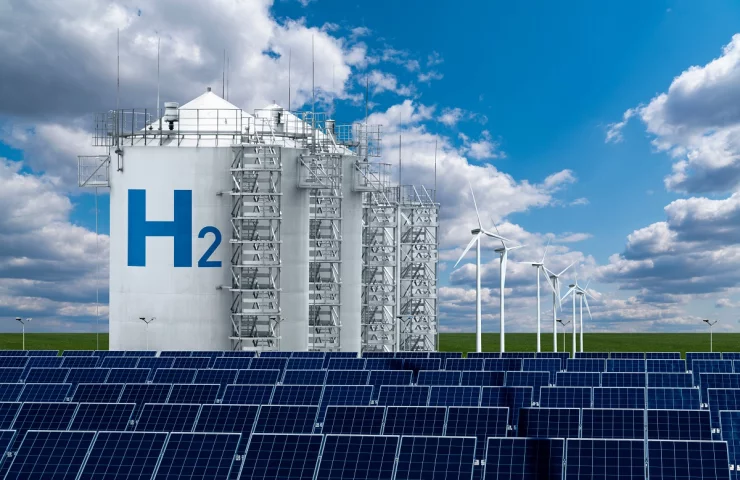In the Energy Transformation Geopolitics report, the agency forecasts global demand to rise to around 410 million tons per year from 120 million in 2020. Two-thirds of the volume will come from green hydrogen from renewable energy sources, and a third from blue hydrogen, the main source of which is natural gas. But its carbon emissions will be captured and stored or reused. It is expected that gray hydrogen produced from minerals, that is, almost all currently produced, will be completely phased out.
By 2030, green hydrogen could compete in price with blue hydrogen in China through the use of low-cost electrolyzers, as well as in India and Brazil, where the cost of renewable sources is low and gas is expensive, the report notes. The expected reduction in green hydrogen costs, combined with more stringent climate measures, could make investments in blue or gray hydrogen unprofitable, the organization said.
More than 30 countries intend to produce low-carbon hydrogen, although in 2017 such a plan was prepared only in Japan. This expansion may affect international communications. If Australia, Saudi Arabia and the United States are already energy suppliers, then for Chile, Morocco and Namibia everything can change: countries can become exporters of hydrogen and increase their geostrategic importance, Irena believes.
Japan, South Korea and a number of countries in Europe and Latin America are likely to import fuel to meet domestic demand. About 85% of hydrogen is consumed at production sites, since it is not yet rational to transport this gas. Irena expects that by 2050 two thirds of raw materials will be consumed in domestic markets and only one third will be exported. Half will be delivered by pipeline - gas pipelines will be converted for this, while the other half will be transported in the form of more energy-intensive ammonia, which is easier to turn into a liquid.
Agency experts suggest using pure hydrogen as a feedstock for refineries, steel production and international transportation.
Interest in hydrogen is growing in Europe
Six more companies have joined the European Hydrogen Backbone (EHB) group of companies, which intends to create a hydrogen highway in Europe. The new members are Amber Grid (Lithuania), Bulgartransgaz (Bulgaria), Conexus Baltic Grid (Latvia), Gassco (Norway), Plinacro (Croatia) and REN (Portugal). The group now has 29 companies in 27 countries.
It is expected that the new members of the group in Latvia and Lithuania will be able to connect the main to the resource base in Russia, where there is potentially a lot of blue hydrogen. Norway's Gassco can facilitate access to hydrogen generated from the country's gas reserves, or take advantage of the high potential of renewable resources.
Bulgaria's membership could be of strategic importance as the country is part of a proposed pipeline route from Europe to the Middle East, where cheaper hydrogen is available.
EHB has announced its intention to focus in 2022 on the technical and economic evaluation of key areas of the network. Its members plan to connect many industrial centers and start using repurposed gas pipelines and newly laid hydrogen pipelines.
Using a pipeline to transport large volumes of hydrogen is three to five times cheaper than shipping by sea, according to EHB.




